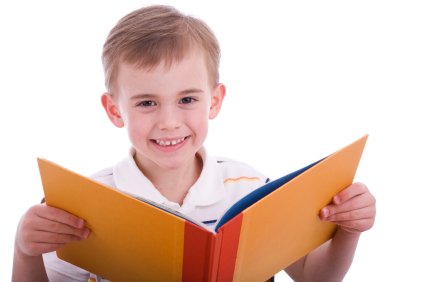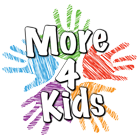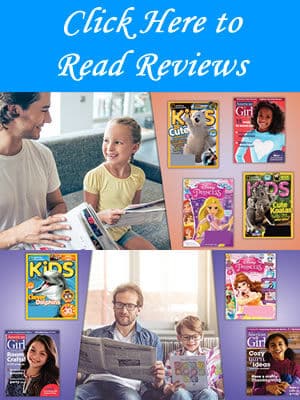 Whether or not you homeschool your child, it is important that you have a good understanding of the different learning styles. This will not only help you to understand the method that your child uses to learn, but it will also help to customize the method that you use to teach your children. As a parent, don’t assume the way you learn, is the way your child learns best. If you are able to teach in ways that compliment a specific learning style, you will find that your child is able to retain more information over a longer period of time. You will also find that learning is more exciting for both you and your child. Learning how your child learns can open up many exciting opportunities for them. Here, you will gain an understanding of the importance of learning styles.
Whether or not you homeschool your child, it is important that you have a good understanding of the different learning styles. This will not only help you to understand the method that your child uses to learn, but it will also help to customize the method that you use to teach your children. As a parent, don’t assume the way you learn, is the way your child learns best. If you are able to teach in ways that compliment a specific learning style, you will find that your child is able to retain more information over a longer period of time. You will also find that learning is more exciting for both you and your child. Learning how your child learns can open up many exciting opportunities for them. Here, you will gain an understanding of the importance of learning styles.
There are three basic styles when it comes to learning. These styles include auditory learners, visual learners, and kinesthetic learners. Many refer to those that are kinesthetic learners as “tactile” learners. Our children, as well as each of us, have a specific style of learning that is dominant, and a secondary style that we also learn for. It is quite difficult to find an individual who learns in all three styles equally. Kinesthetic learners learn through many unique ways. However, they learn best through the art of moving the body and/or objects, doing things physically, and touching. Visual learners are most inclined toward “seeing” what they are learning. Those that learn in an auditory style learn best by “hearing”, and “listening”.
When we started homeschooling my oldest son in kindergarten, we quickly learned that he was a visual learner. He always made it a point to look at a person when being spoken to in order to observe the expressions that we used, and we had to look directly at him when we spoke. He was very creative when it came to numbers. He would often be correct when answering math problems because he would sit and consider the problem in his head. My husband and I often commented on the fact that when we were that age we would often count “on our fingers” when it came to math problems, yet he could just sit for a moment and pull it off the top of his head.
When my youngest started kindergarten, the next year, we noticed a considerable difference in his learning, as well as his overall tolerance for the lessons being taught. We found that he was often frustrated and seemed to lack motivation for many of the same projects that his older brother actually enjoyed. We did put forth the effort to ensure that the lessons were fun and engaging for him, but something was wrong and it was important that we identified the trouble immediately. Not doing so could result in his missing out on important skills and lessons that were vital to the importance of his educational future.
I begin to research the basics. I went back to the learning styles to review what I had learned about them the previous year. The pieces of the puzzle slowly started to come together. I noticed certain characteristics in my youngest son that were associated with the kinesthetic learning style. For example, he would often line up his toy cars and count them. Many times, he would spell words on the refrigerator with magnetic letters – such as his name. He also had a great need, it seemed, to be physically active and it was hard to get him to sit still for long periods of time. He was always on the go, always researching things around him, and had a great joy when it came to physical play and activities. It had crossed our mind, and the mind of his pediatrician, that he could be experiencing a mild form of autism and attention deficit disorder. That was not the case at all!
As the puzzle pieces started fitting together more smoothly, I learned that my youngest son was simply a kinesthetic, or “hands on” learner. He simply enjoyed working with his hands, exploring, moving. While traditional classrooms expect students to sit still, raise their hand if they want to speak or become mobile, and have very few “hands on” lessons, we had the ability to maneuver around his learning style and allow him to learn in the way that was most appropriate to him. We purchased foam letters, numbers, a lot of arts and crafts supplies, and did not restrict his movement or need to explore in any way. Now, he is learning and retaining the information that he needs to succeed!
Auditory learners listen to others carefully in order to absorb the information that they need to learn successfully. These individuals often find it necessary to read information aloud, and to listen to every word that another individual says. They take note of the tone, and the pitch that is used in language, and they often learn best through one on one conversation. Many homeschool parents who teach auditory learners use video books, and tape recorders to reinforce the skills that are taught during lessons. All of us, to an extent, learn in an auditory fashion. This is often considered to be a “secondary” learning style to many individuals around the world.
As you can see, it is important to truly learn and understand what type of learning style your homeschooled student has. If we fail to understand the learning style of children, they may end up being diagnosed as having ADD, or a similar condition. This is simply because the child who is not learning in the same method that is most comfortable to them are often labeled as having some sort of concentration or attention problem. Most of the time, it is not the student that has the issue, it is the adult that teaches the student. Any adult that takes the responsibility to teach their child should understand that the “norm” is not always that which defines a child, and that is ok. What is important is to understand how to best teach your child based on THEIR learning style.









Add Comment